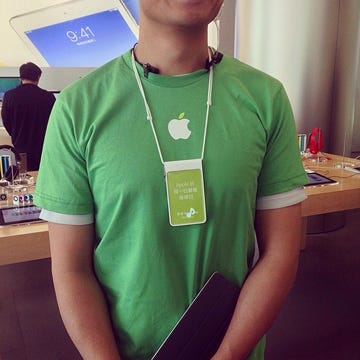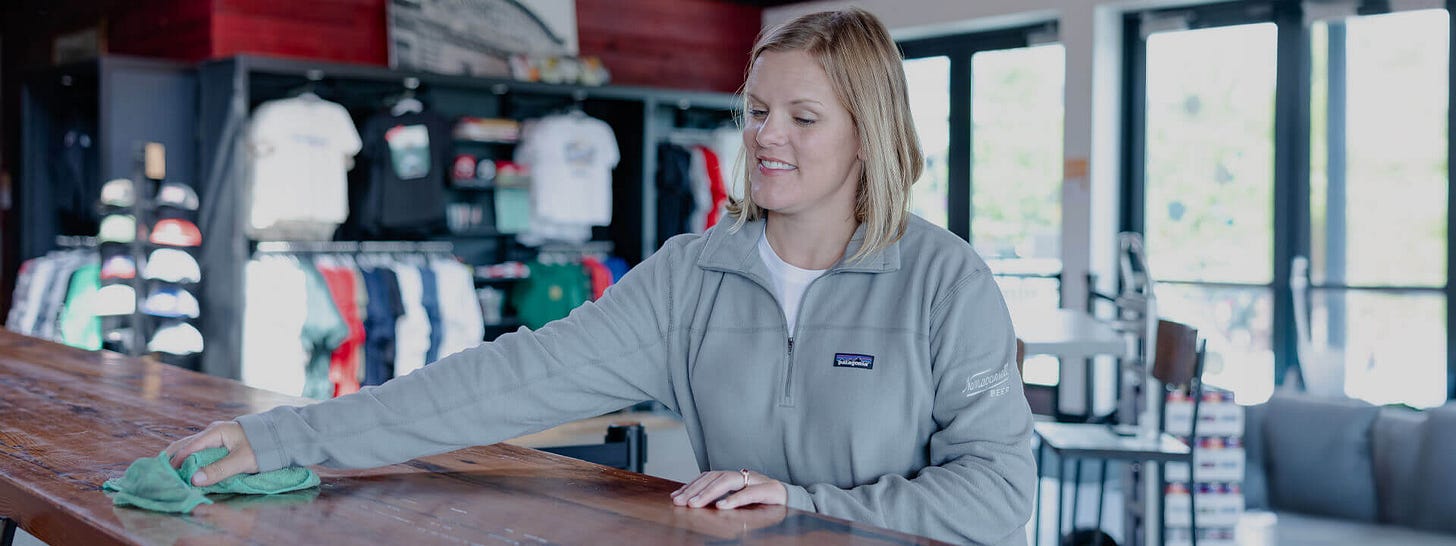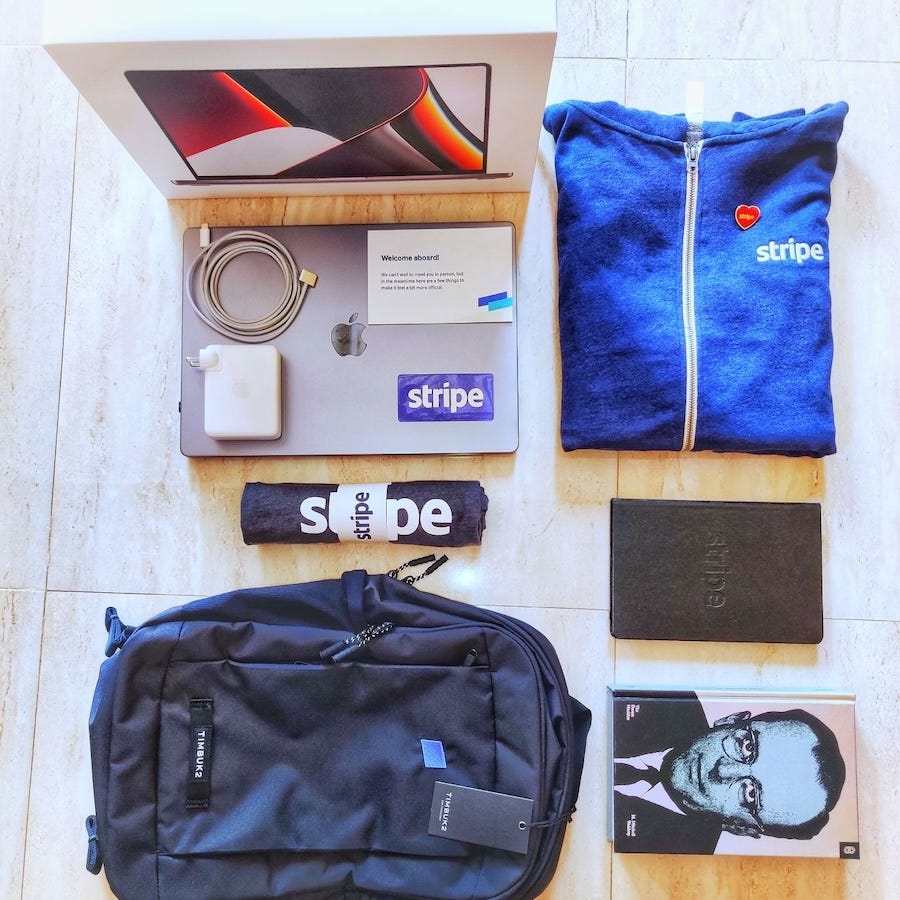
Last month, I walked into a startup’s office for a brand consultation. Beautiful space. Killer product. Impressive team.
Then the CEO showed me their employee “welcome kit.”
Cheap polo shirts with logos already peeling after two washes. Water bottles that looked like they came from a gas station promo. Notebooks with paper so thin you could see through it.
“Nobody wears this stuff,” he complained. “I spent fifteen grand on it too.”
I asked the obvious question: “Would you wear it?”
Long pause. “Probably not.”
And there it was. The disconnect that’s killing company cultures everywhere.
The Signal You’re Actually Sending
It’s not about the stuff. It’s about the signal.
When you hand someone junk on their first day, you’re not saying “welcome to the team.” You’re saying “this is how much we think you’re worth.”
That signal doesn’t stay contained to your merch closet. It ripples through everything:
New hire expectations. Company pride. How people talk about working there. Whether they recommend friends apply. Whether they stay past their first year.
I’ve seen this pattern hundreds of times. Companies spend six figures on recruitment marketing, beautiful career pages, and employer branding campaigns. Then they kill all of it with bargain-bin onboarding materials.
It’s like serving a five-course meal on paper plates.
The Companies That Get It Right
Apple employees fight over who gets the newest company gear. Not because they’re brainwashed, but because the company treats internal brand touchpoints as seriously as external ones.
Patagonia employees live in their branded outdoor wear because it actually performs. They’re not wearing a corporate uniform, they’re wearing gear that represents values they believe in.
Stripe’s internal merchandise is so thoughtful that employees collect it like memorabilia. Limited editions. Seasonal drops. Items that tell the company’s story.
These are strategic decisions.
The companies with employee loyalty all understand something most miss: Internal branding matters as much as external branding.
The Real Cost of Cheap
Here’s what bad employee merch actually costs:
First impressions that backfire: You spend months recruiting someone, finally get them to say yes, then hand them something that screams “we cut corners.” What does that say about everything else?
Missed advocacy opportunities: Every employee is a potential brand ambassador with hundreds of LinkedIn connections. But they’re not going to post about your company if they’re embarrassed by what you gave them.
Culture erosion: When the physical manifestation of your brand is cheap, it signals that everything else might be too. Standards drop. Pride diminishes.
Recruiting handicap: Candidates notice everything during interviews. That stack of sad t-shirts in the corner? They’re calculating what it means about your priorities.
One client told me their Glassdoor reviews mentioned the “cheap welcome gifts” as evidence the company didn’t invest in employees. Think about that. People were literally warning others about the merchandise quality.
The Flip
The fix isn’t just “buy nicer stuff.” It’s thinking like a brand strategist instead of a procurement manager.
Step 1: We killed the bulk mentality.
Instead of ordering 200 identical polo shirts, we designed one beautiful piece per new hire. A custom leather portfolio that told their founding story. Quality materials. Thoughtful design. Personal touches.
Step 2: We made it about the story, not the stuff.
Each item connected to their brand narrative. The portfolio included a letter from the founders explaining the company’s mission. The pen inside was engraved with their core values.
Step 3: We treated it like internal marketing.
Every piece became a small investment in company culture. Every interaction reinforced their commitment to quality and attention to detail.
The transformation was immediate.
New hires started posting about their first day experience. Employees began using the portfolios in client meetings, subtly reinforcing the brand. Retention improved because people felt valued from minute one.
The company stopped treating employee merch like an expense line item and started treating it like brand strategy.
The Framework
Start with your brand values, not your budget.
What do you want new hires to feel on day one? Valued? Inspired? Part of something special? Design backward from that emotion.
Quality over quantity, always.
Better to give one exceptional piece than five forgettable ones. That single item will get more use, generate more conversations, and create more pride than a whole bag of mediocre stuff.
Make it tell your story.
Generic branded merchandise is just expensive advertising. Thoughtful pieces that connect to your company’s journey become meaningful keepsakes.
Think beyond apparel.
Not everyone wants to wear your logo. But everyone needs tools to do great work. Tumblers that keep the coffee hot. Notebooks that inspire. Bags that perform. Accessories that solve real problems.
Measure what matters.
Track usage, not just distribution. Are people actually using what you give them? Are they sharing it? Are they proud of it?
The Reality Check
Walk through your office right now. Look at the company merch scattered around.
Would you wear it to dinner with friends? Would you take it to a client meeting? Would you be proud to have it visible during a video call?
If the answer is no to any of those questions, you’re actively undermining your own brand with every distribution.
Your employees notice. Your candidates notice. Your clients notice.
And they’re all making judgments about your company based on the care, or lack thereof, you put into these details.
What’s Next?
This isn’t about having an unlimited budget. Some of the most thoughtful employee merch I’ve seen came from startups spending less than $50 per person.
It’s about intentionality. About understanding that every touchpoint is a brand moment. About recognizing that the people who work for you are your most important audience.
When you get this right, something magical happens. Employees don’t just wear your stuff, they represent your values. They don’t just use your merchandise, they become advocates for your mission.
They attract the kind of talent that wants to be part of something special. They stay longer because they feel connected to something bigger than a paycheck. They represent your brand authentically, not grudgingly.
The companies winning the talent war? They all understand this.
What’s the last piece of company merchandise you actually used? If you can’t think of one, there’s your starting point.
